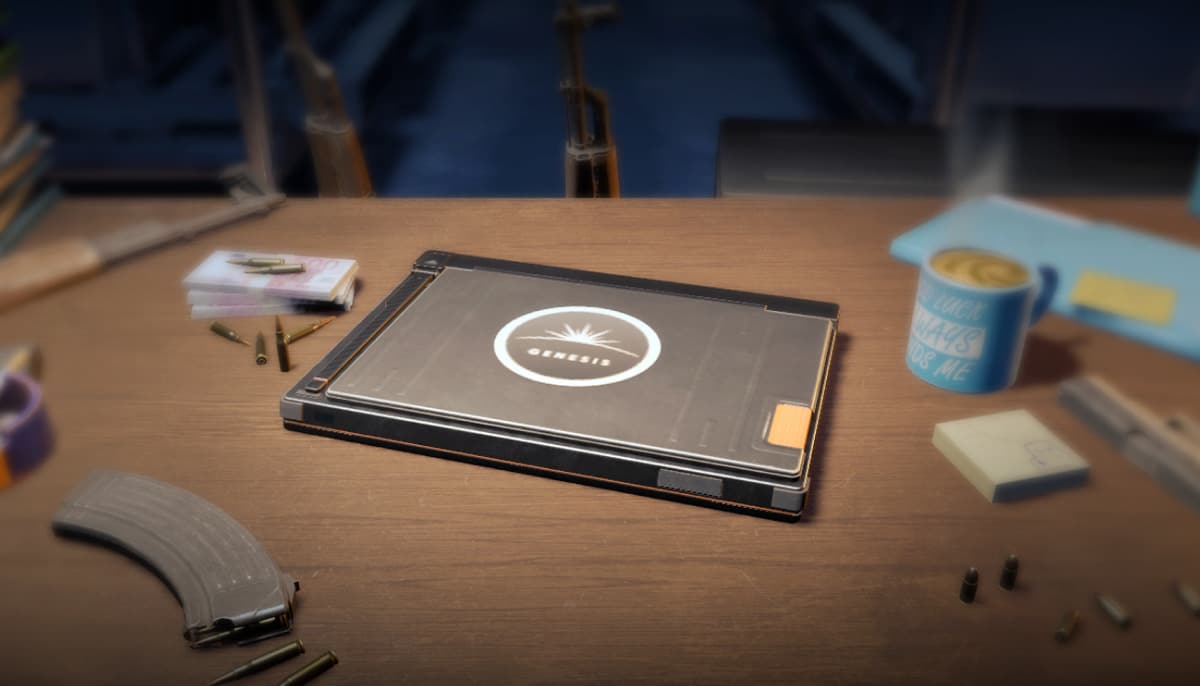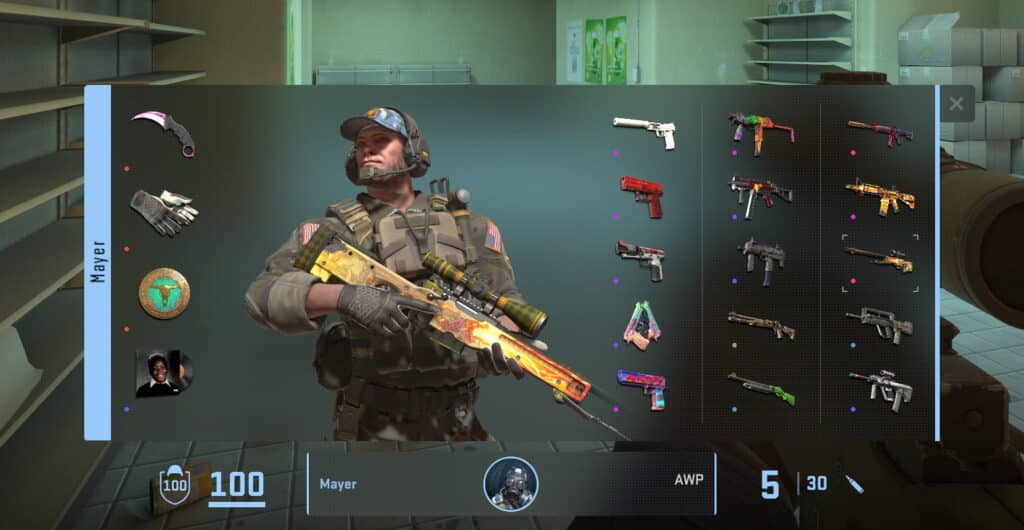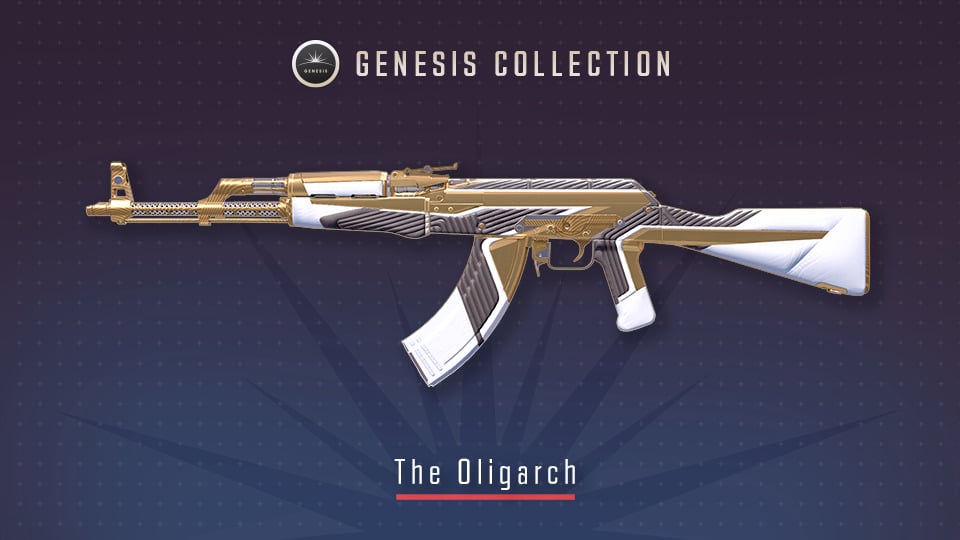
TL;DR
- Counter-Strike 2’s Show Off update created shooting and movement inconsistencies that caused pro players to complain
- The update also included the highly controversial Genesis Uplink Terminal, which is a new way to purchase skins.
- Some skins cost up to a thousand dollars, and it’s entirely up to Valve to price them.
On September 17, 2025, Valve released Counter-Strike’s Show Off update. The minor update aimed to clean up scripting for community map makers, improve subtick shooting consistency, and add the ability to inspect another player’s loadout when spectating.
As usual with Valve updates, it tends to break the game in unintended ways. This time, it was so severe that it was quickly rolled back. The biggest lowlight of the update is how Valve doubled down on a greedy feature by reinventing the loot box into one of the worst iterations in modern gaming.
Show Off update backfires
The Show Off update promised better subtick netcode and fresh content, but gunplay immediately felt worse. Team Falcons star rifler Nikola “NiKo” Kovač asked on X, “How can they make the game feel even worse every f**king time?”
In another post, NiKo would seek assistance regarding an issue with movement that can block strafing, especially since his team was in the middle of the Fissure Playground #2 tournament at the time. Team Vitality’s ropz also confirmed that it was happening to him in all maps.
Aurora Gaming’s İsmailсan “XANTARES” Dörtkardeş also posted on X:
Tweaks to the subtick shooting system unintentionally disrupted weapon behaviour. Spray patterns no longer matched long-learned muscle memory; bullets and hitboxes felt inconsistent, recoil control random, and movement inputs were dropped. The community didn’t have time to fully investigate what went wrong because Valve moved fast.
Rolling back the mistakes
In the next few days, Valve would push out a series of hotfixes that aimed to address the issue:
- Improved timestep-independence of subtick movement acceleration.
- Fixed a regression to view punch, which affected weapon sprays.
- Fixed a regression in server performance that caused frequent long server frames, primarily in drop-in, drop-out modes.
- Fixed a case where velocity was abnormally low while walking up ramps.
The familiar gunplay quickly returned, but this episode reinforced the broad complaints of the sequel. Ever since CS2 replaced CS: GO, the community and pro players have often pointed out that performance, optimisation, consistency, gunplay, movement, and game feel were better before the change happened.
Not only that, but legacy features and game modes remain missing. The biggest point of contention is towards CS2’s subtick system, which causes many of these common issues. The short fiasco is another stain against the sequel, especially how quickly action was taken when world-class players took to social media to vent publicly.
The Genesis Collection and reinventing the lootbox for the worse
Alongside the gameplay patch, Valve launched the Genesis Collection via the Genesis Uplink Terminal, a mechanic many players see as doubling down on monetisation.
Each week, you receive a free Terminal in your inventory, or you could purchase additional ones from the market. Open it and you’ll be shown up to five skins, one at a time. For each reveal, you get a binary choice: buy now at the displayed price or pass. Passing discards that offer forever and move you to the next. Pass on all five, and the Terminal expires.
On paper, this looks friendlier than a blind case: you see the item before you pay. In practice, it’s a high-pressure offer funnel that heavily cashes in on FOMO. Every reveal is coupled with a set price decided by Valve. The prices can range from a few cents to more than a thousand dollars. What’s worse, if you rolled a jackpot on the skin you’ve been eyeing, you have a few days to decide to buy it before the offer expires.
The outcry is so bad that detractors even defend opening cases at around $2.50 a key. Even though players have the potential to win skins, knives, and stickers that can cost up to thousands of real-life dollars, with the price of a cup of coffee, that was a decision by the community to set it to that price. Yes, the Genesis Uplink Terminal is making the backbone of Counter-Strike’s million-dollar skin economy look healthier for players by comparison.
Lootbox ban workaround
There’s also a regulatory angle. Several countries restrict or ban blind, chance-based loot boxes. By revealing the item and price before payment, the Terminal sidesteps those definitions while preserving the randomised, limited-time offer structure that boosts spend. In effect, it’s a loot-box workaround: the chance is in what you’re shown, not in whether you pay.

In fact, Counter-Strike 2’s update on September 18 stated that “Customers in Belgium, Netherlands, and France can now unseal their Sealed Genesis Terminal items.” The first two countries have previously declared bans on lootboxes, while France is still in discussion about them. Also, you’ve read that right, the exact wording Valve used on their patch notes was customers.
Economically, the Terminal pulls value upstream. Historically, market supply and demand set skin prices, with Valve taking a cut on trades and listings. Now, Valve effectively becomes the first seller of elite items at top-of-market prices, capturing the margin in one step. With Valve in control of the prices, they had the power to keep skin prices low and accessible, but instead, they showed that they’re completely compliant with skins costing hundreds and even thousands of dollars.
Resale math doesn’t help. Buying directly at a steep Terminal price rarely guarantees you can recoup that amount once marketplace fees and liquidity are factored in. That discourages rational comparison shopping and locks value inside Valve’s ecosystem, which is precisely where the system wants you.

The community’s verdict has been harsh, rightfully so. This system is greedy, exclusionary, and worse for wallets than cases. Fans who loved Counter-Strike’s player-driven economy see a pivot toward platform-driven pricing and personalised scarcity. For casual spenders, the magic of an occasional lucky pull is replaced by the cold calculus of a buy now or lose it forever button.
Conclusion
In the span of a single update, Counter-Strike 2 managed to alienate both its competitive and casual fanbases. First, they shipped a buggy patch that broke gameplay in the middle of a tournament, then spent days fixing it without any visible improvements. Then, they unveiled a shamelessly exploitative monetisation scheme that would get any other company dragged through the news.
Counter-Strike has already felt like it was on life support since CS2 came out, with Valve only coming out to push new skins and cases. However, this update was downright insulting, and the worst part is that it will work because many players are buying into it. At this point, Counter-Strike is too legendary a property to die, and the Genesis Uplink Terminal could very well be the future of the game.
At the very least, the community map makers are happy.
FAQs
How many new skins are there in the CS2 Show Off update?
There are 17 new skins in the Genesis Collection in Counter-Strike 2.
Has this update caused the CS2 player count to drop?
No. In fact, the update has caused a slight upward trend in concurrent players.
References
The post CS2’s Show Off update temporarily broke the game and doubled down on greediness appeared first on Esports Insider.







